Sibley Historic Site in Mendota
Over Memorial Day weekend, I was lucky enough to attend the pre-grand opening of the Sibley Historic Site in Mendota with several of my friends. After a brief reception, we were given a private tour of the buildings at the site while reenactors from the fur trade era set up tents and replicas of a birchbark canoe and bateau on the lawn. The site is open to visitors on Saturday and Sunday from 1:00 until 4:00 pm, Memorial Day through Labor Day. Even if you can’t make it to one of the tours, there are interpretive signs and a small self-guided audio (via your cell phone) tour.
The Sibley House was built in 1836 for Henry Hastings Sibley. Sibley lived in the house for eight years before marrying Sarah Jane Steele. In May 1840, their home served as the temporary territorial headquarters while Territorial Governor Alexander Ramsey visited Sibley in Mendota.
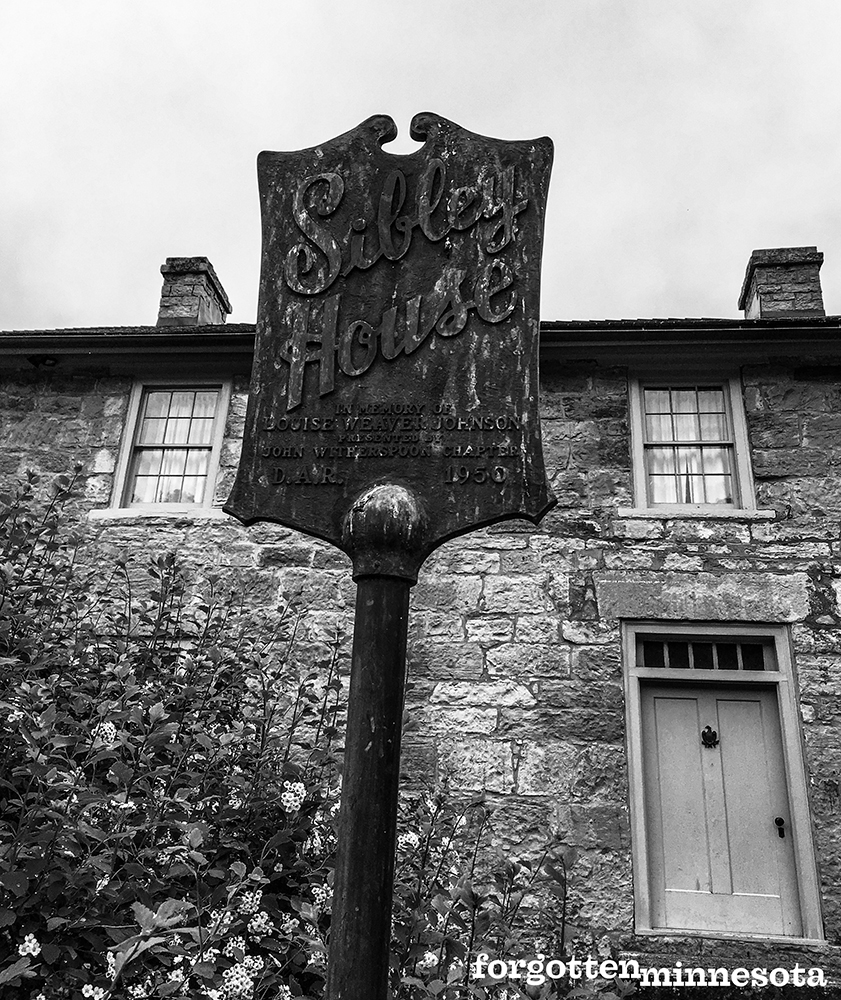
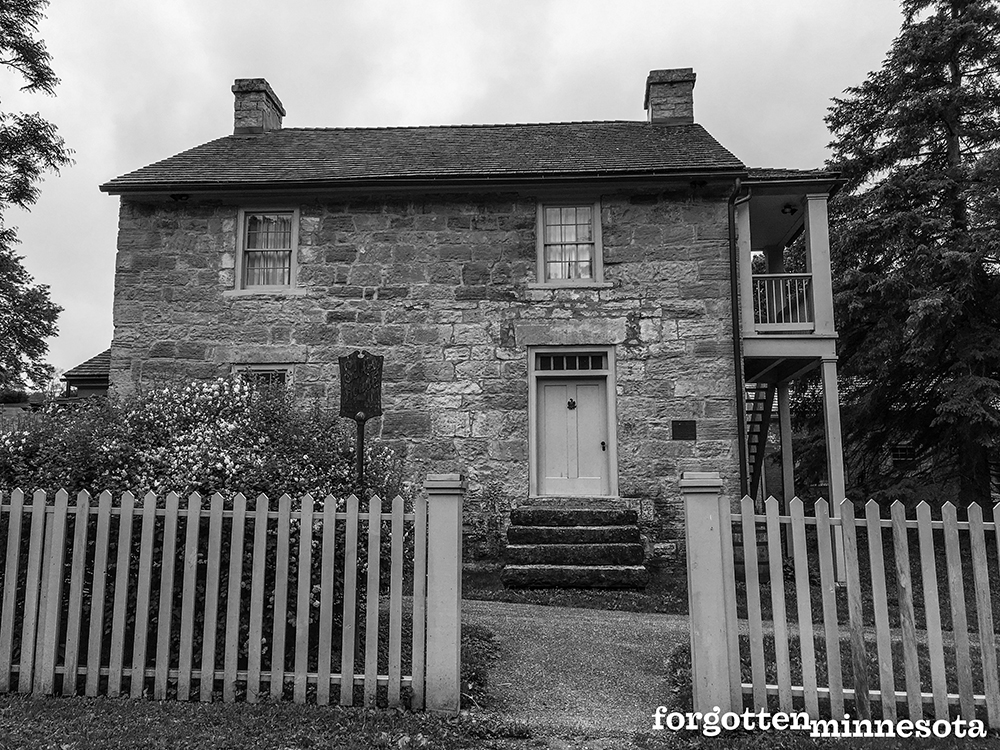
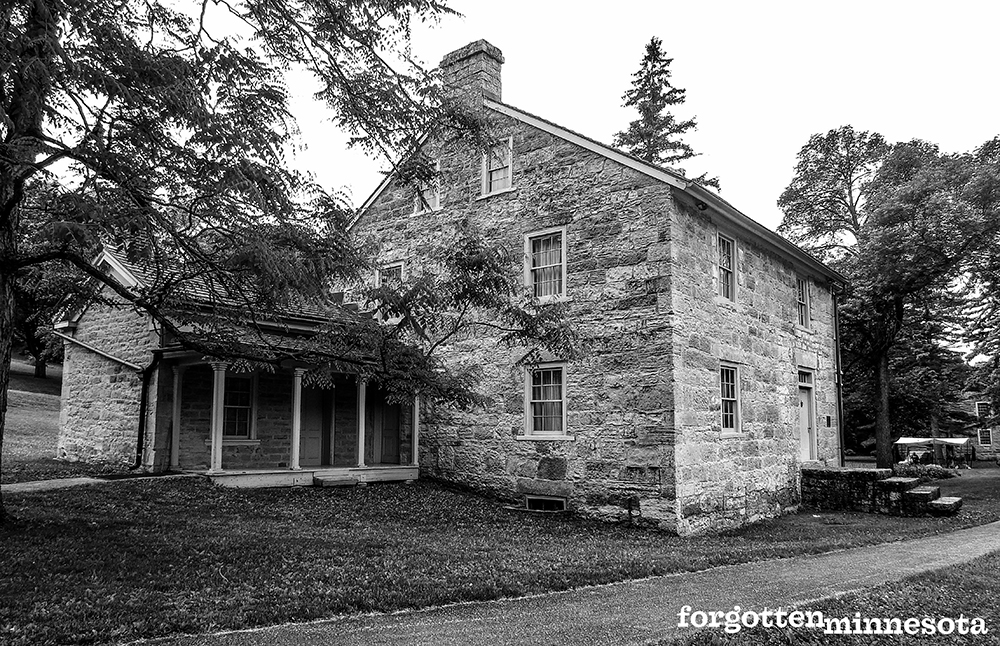
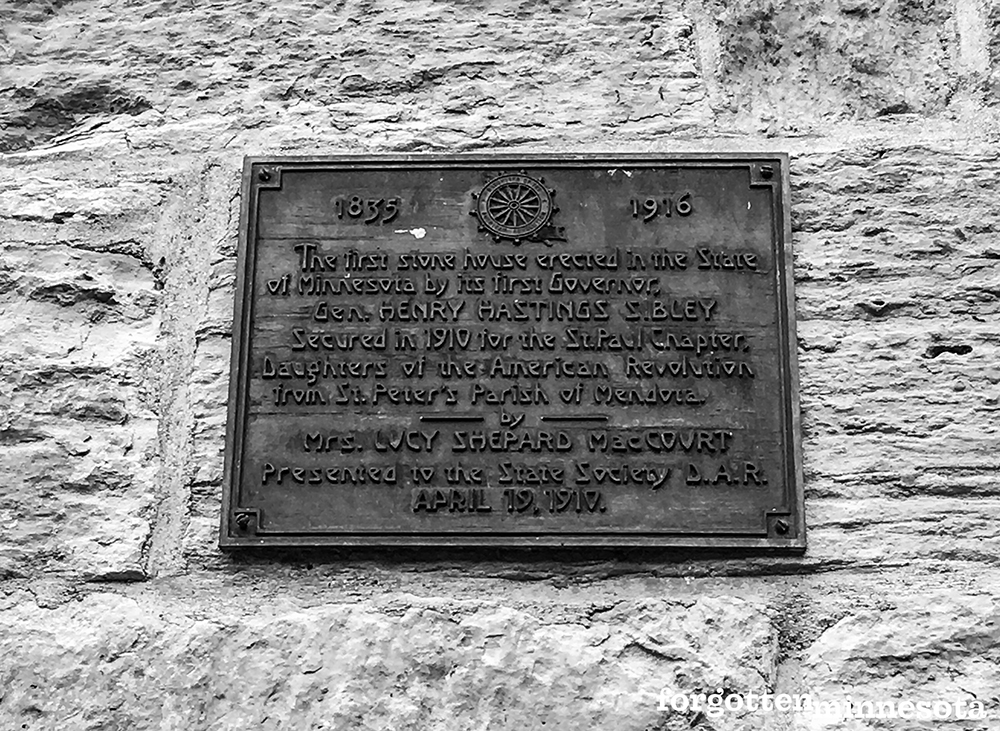
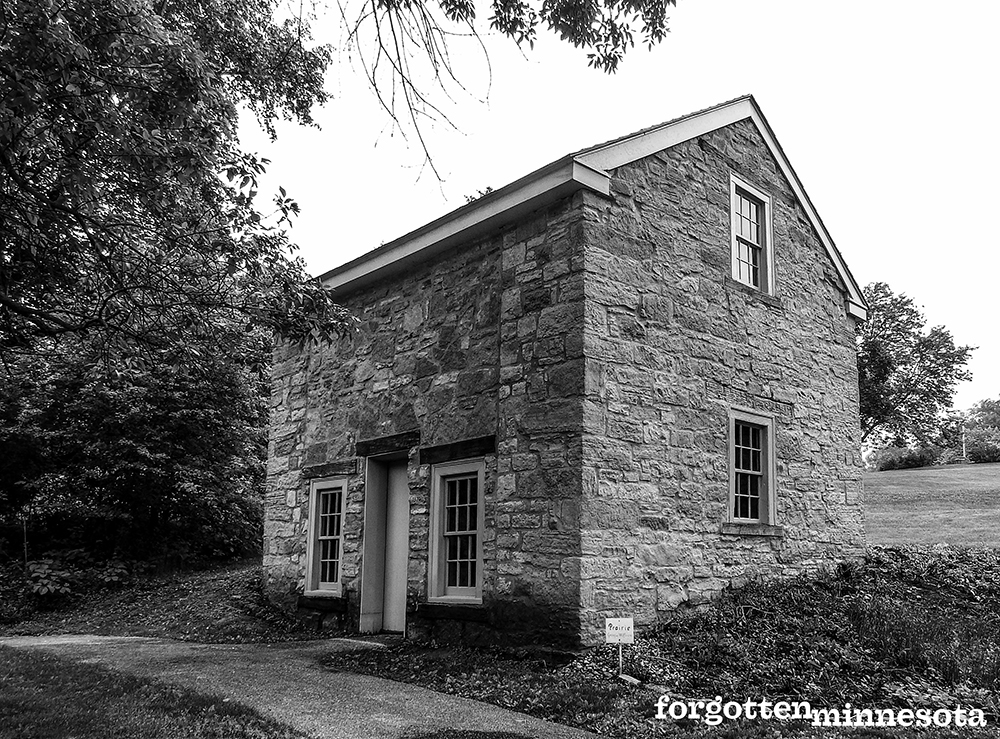
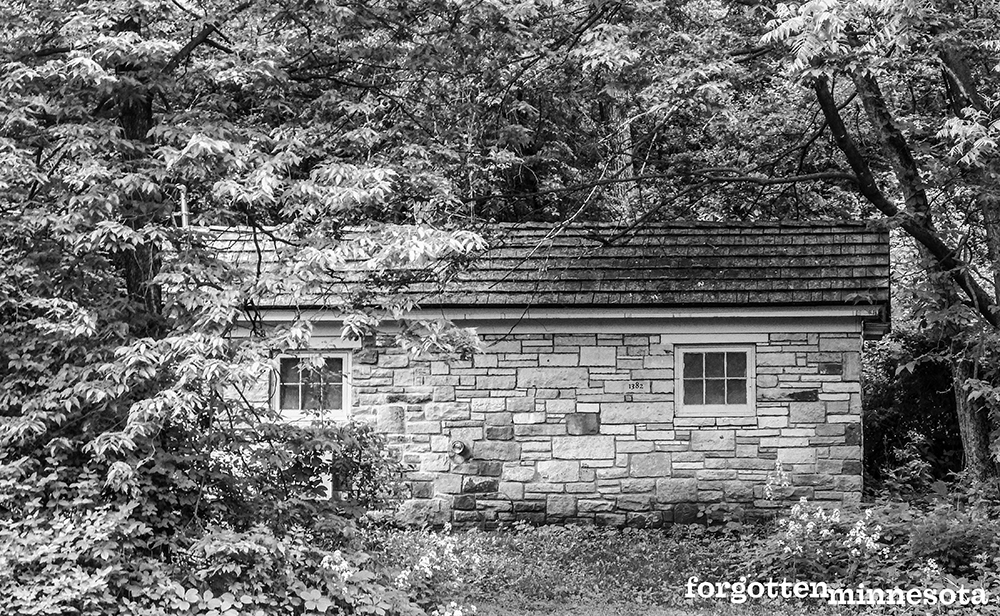
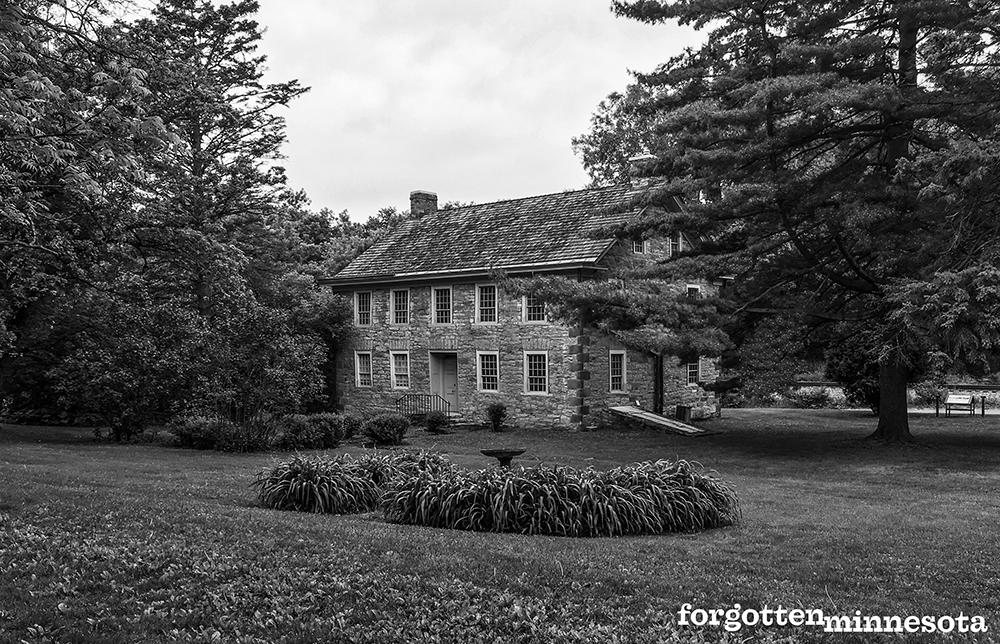
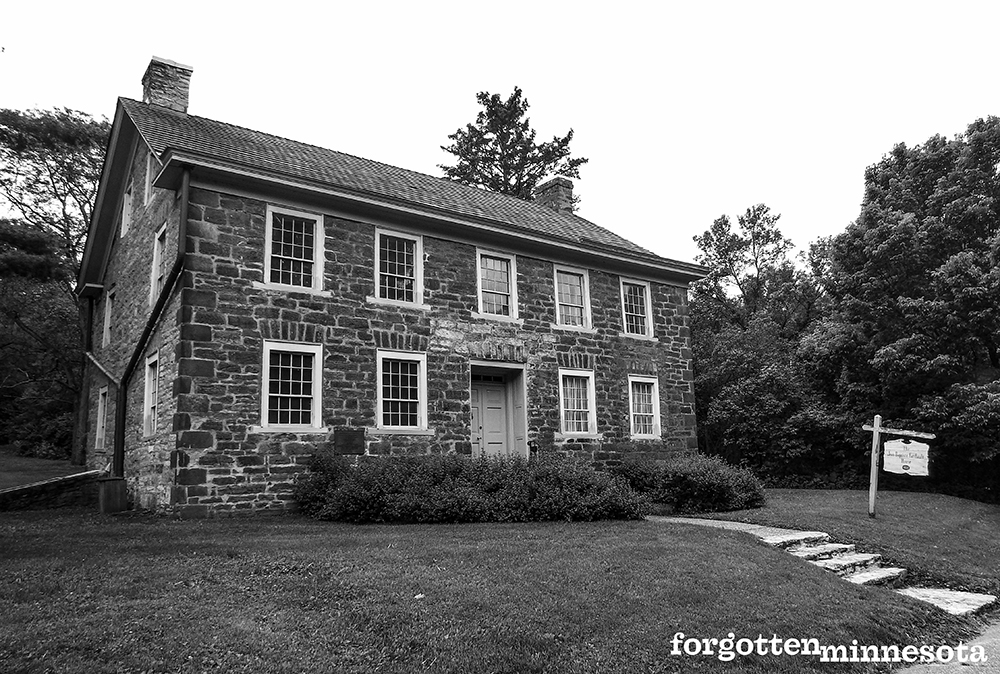
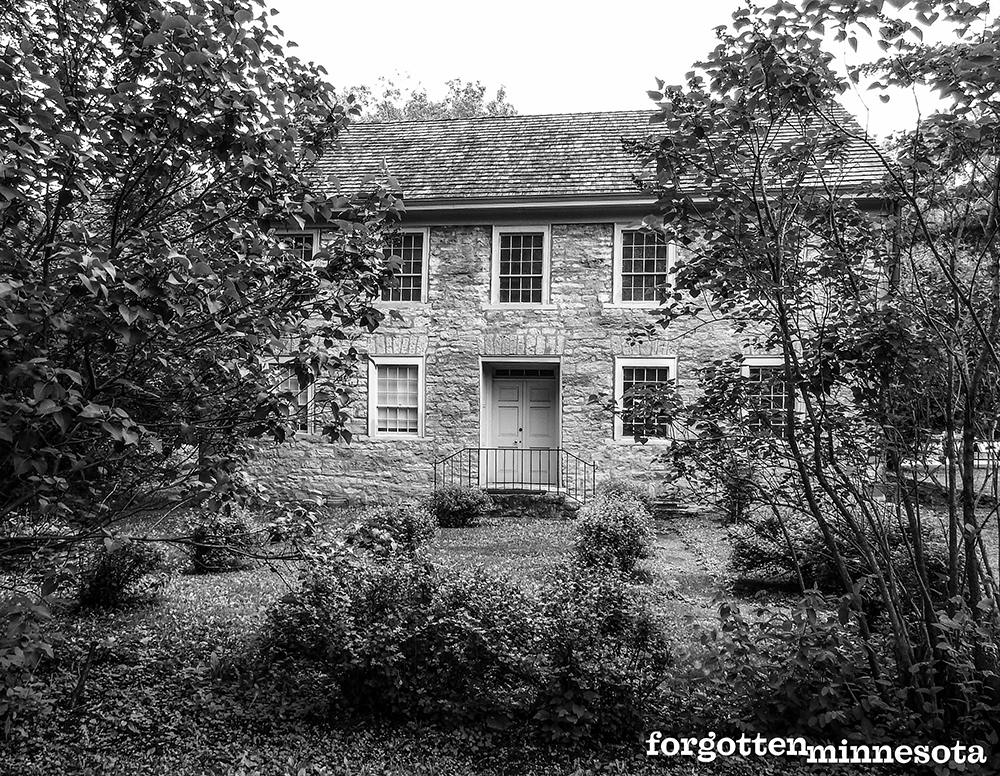
The people of Minnesota elected Henry Sibley to be their first governor on May 11, 1858. He narrowly beat out his friend Alexander Ramsey for the job. In 1862, Sibley moved to St. Paul and sold his home in Mendota to St. Peter’s Catholic Parish. The house was subsequently leased to several parties but was later abandoned. Railroad transients took over the house and used the hardwood floors, stairway, and millwork for fires. The house was left in ruin.
In 1910, the Sibley house was rescued from ruin and restored through the efforts of DAR chapters throughout the state. The house was opened to the public on June 14, 1910. In May of 1997, the Minnesota State Society of the Daughters of the American Revolution turned the ownership of the Sibley Historic Site to the state of Minnesota and the management to the Minnesota Historical Society.
Adjoining the Sibley house is the home of Jean Baptiste Faribault, built in 1839. The house served as a residence for Faribault, as well as a meeting hall and inn. After the death of his wife in 1847, Jean Baptiste Faribault moved to the town of Faribault, which was named after his son, Alexander. The house was used as a hotel and later, a warehouse for vegetables. In 1934, the State Highway Department began the restoration of the Faribault House as a Public Works Administration project. The home was partially restored in 1935 when it was turned over to the Minnesota DAR who completed the project. The house opened to the public May 5, 1937.
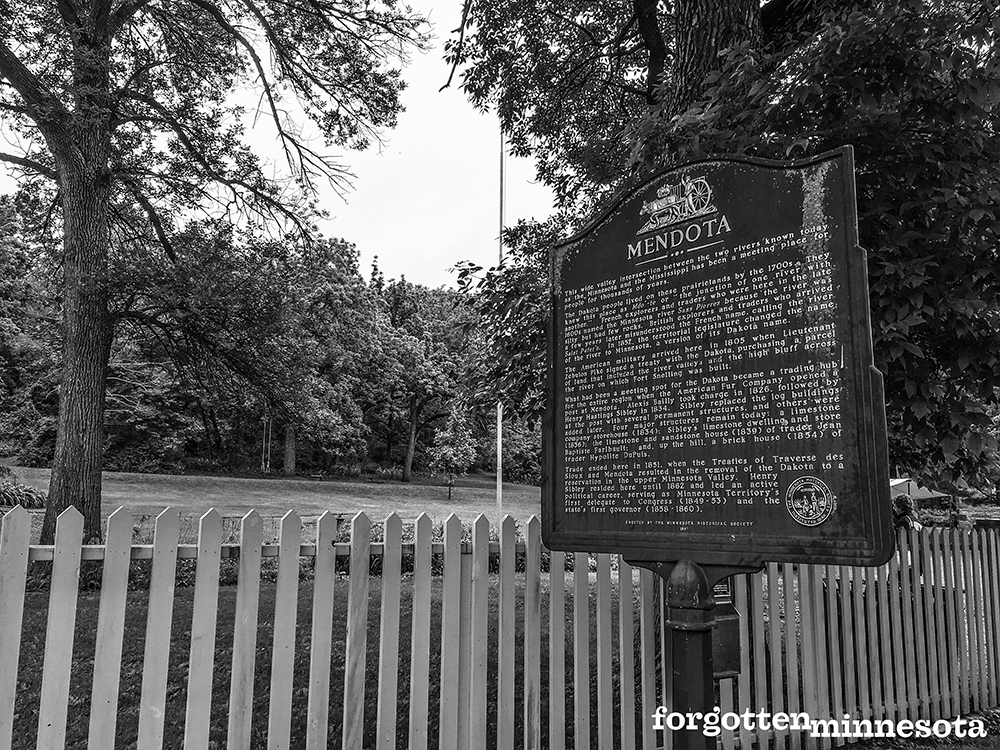
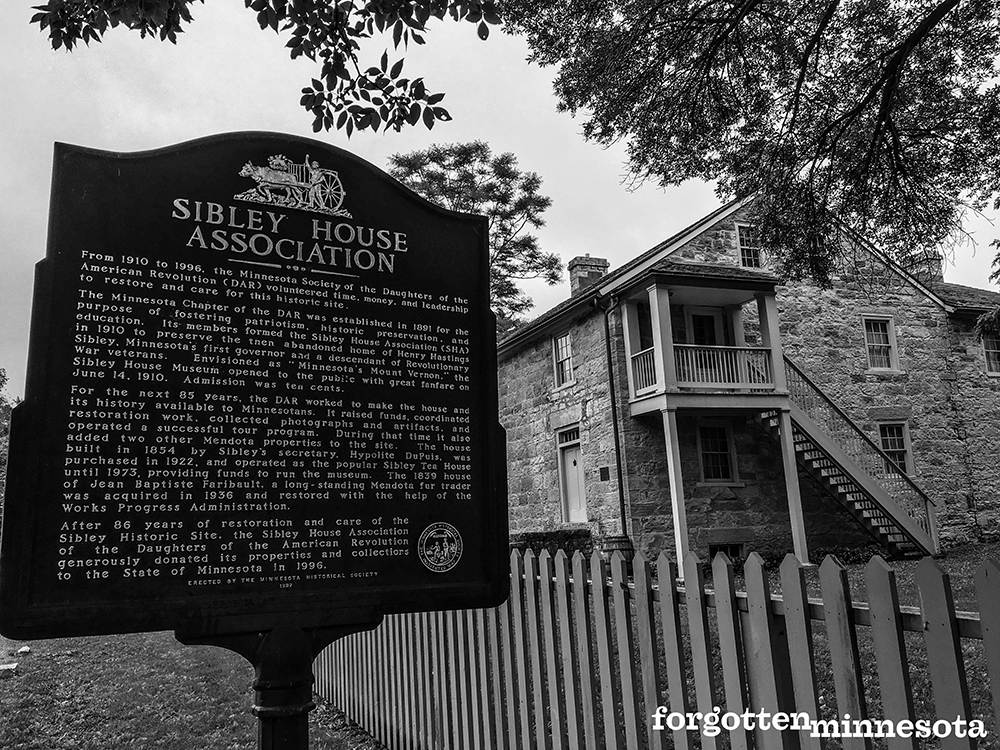
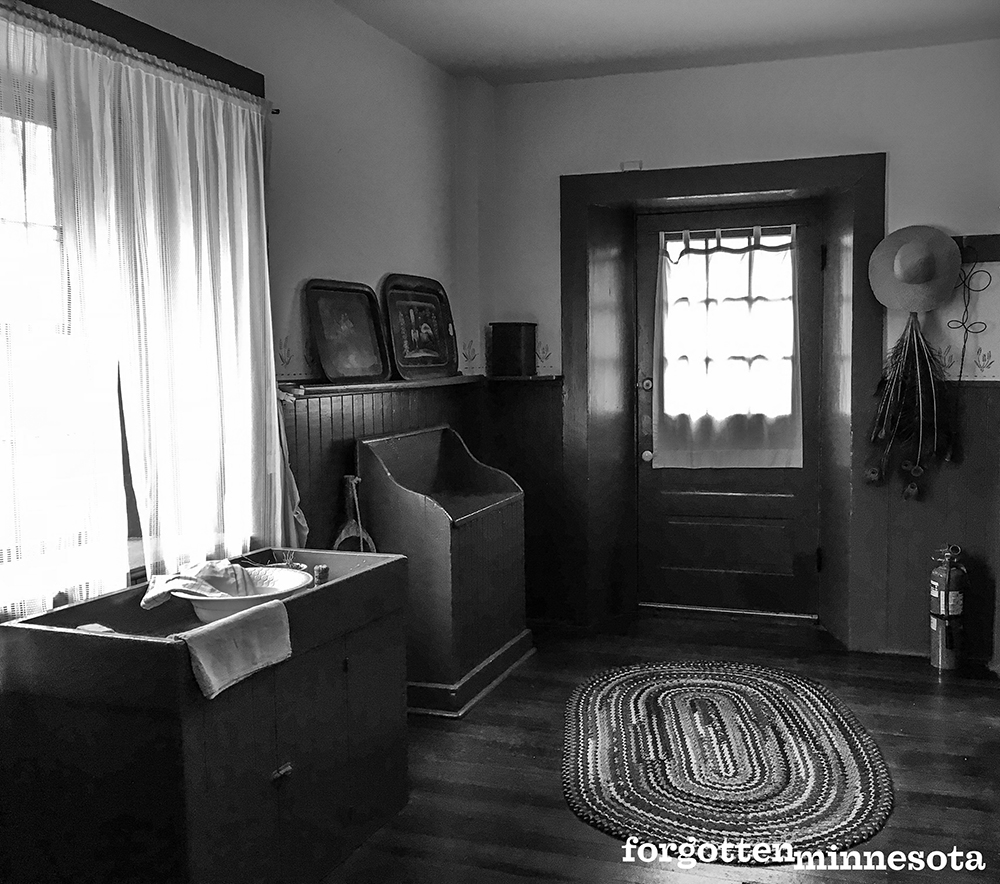
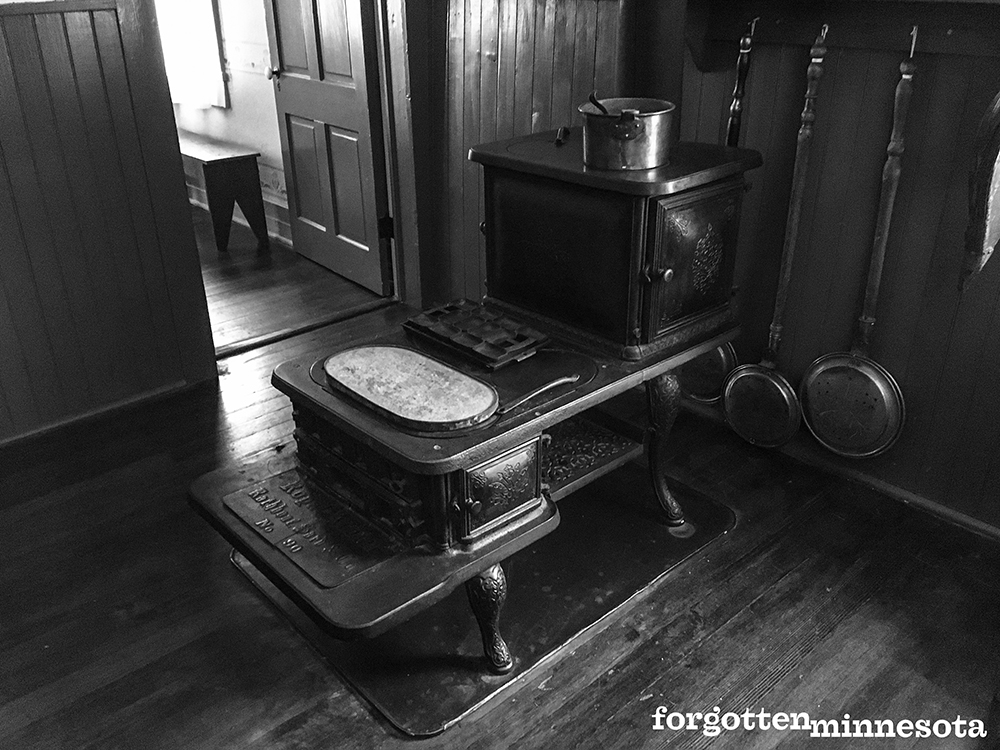
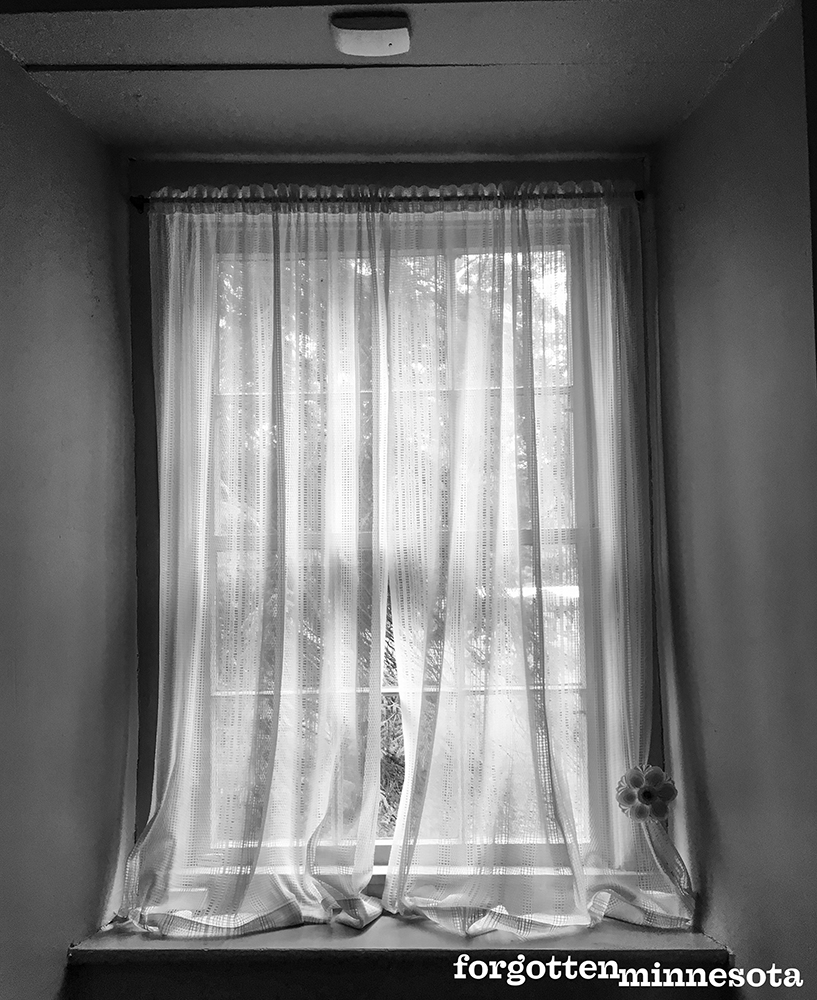
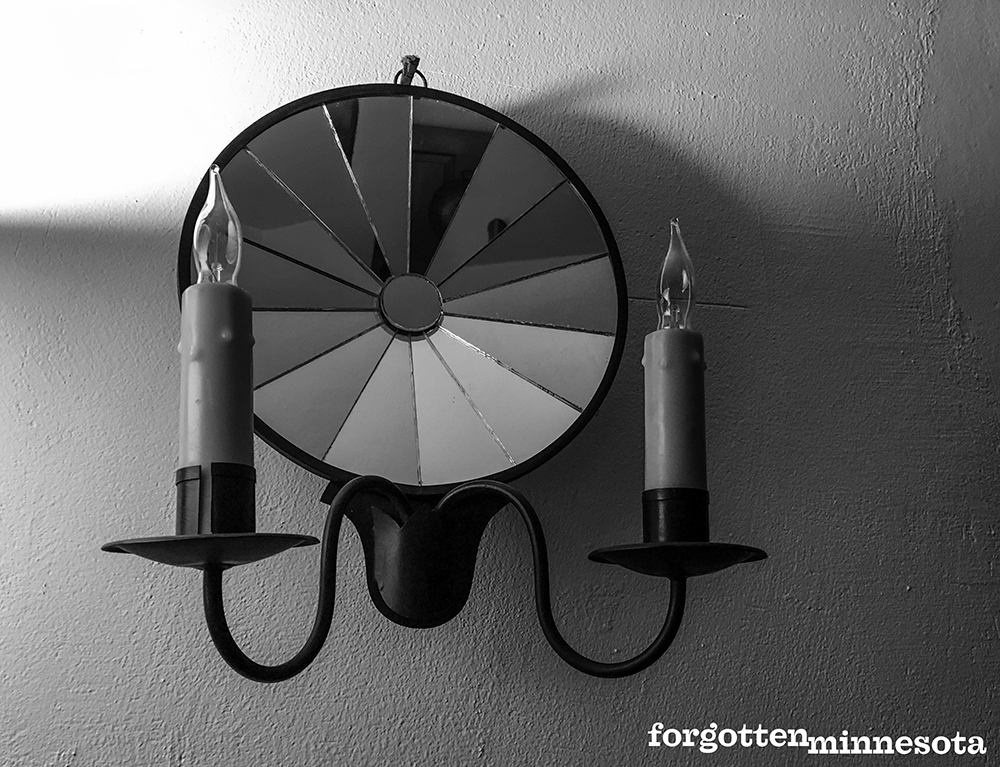
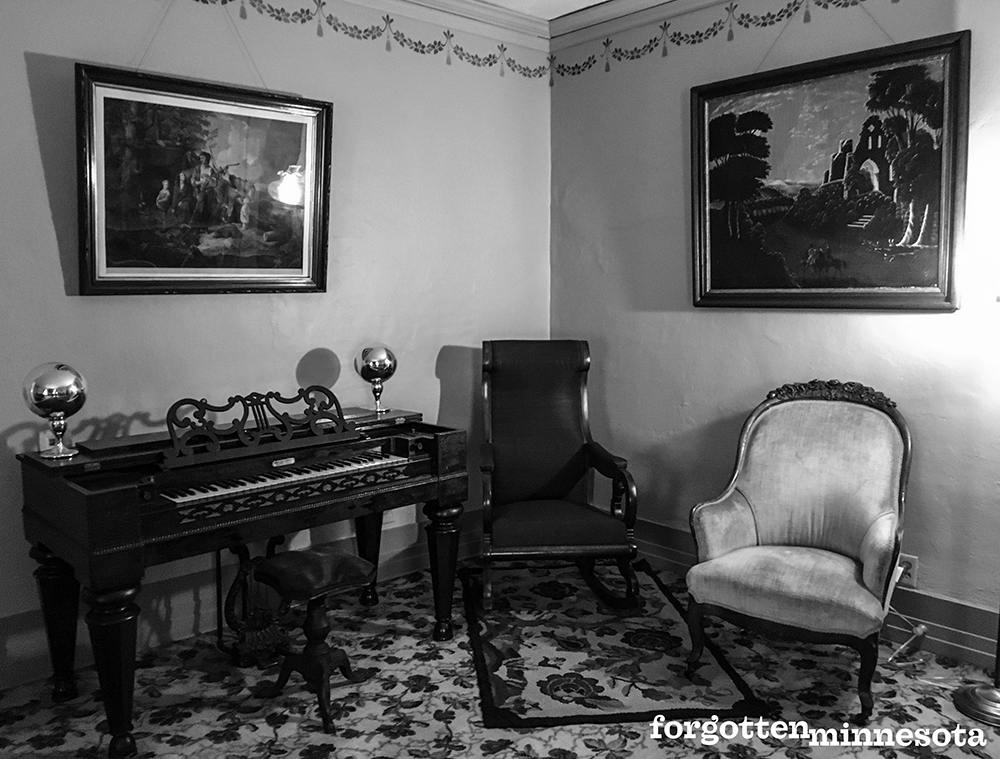
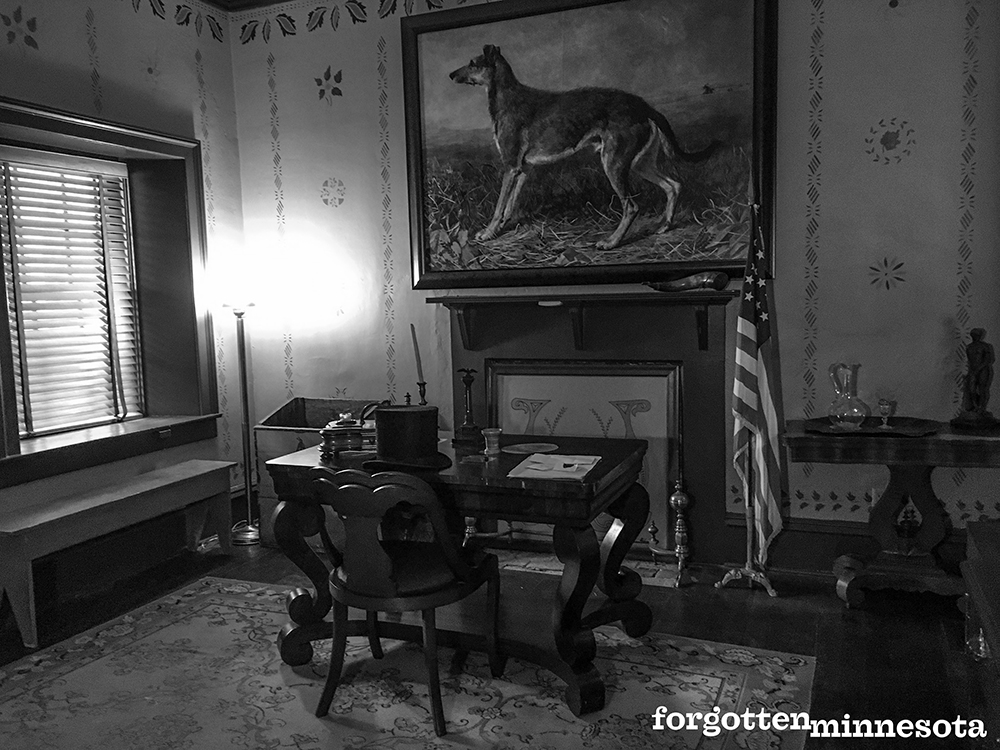
The former ice house, where ice was packed underground using hay instead of sawdust, is now used to exhibit the work of fur traders. The upper story and a half of this building were used as a commercial storeroom for the American Fur Company in Sibley’s time.
At the back of the property is a one-level building that was once used as a smoke house and place to store ashes for use in making soap. During the U.S.-Dakota War, this building was used as a powder house. The building is not currently open to the public.
